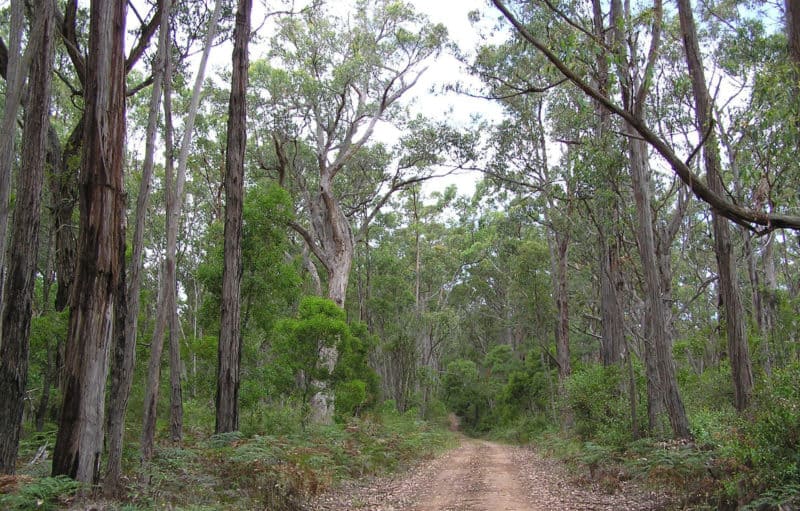Forest and woodlands on public land in the west of the state (roughly west of the Hume Highway) are fragmented remnants of bush, often surrounded by a sea of cleared farmland. These are important patches of bushland threatened by logging, mining and poor management.
Why are they important?
Around 40% of Victoria’s native land-based mammals, bird and amphibians are largely restricted to fragmented landscapes in the west and north of the state. A further 45% rely on them as a major part of their distribution in Victoria.
There are a number of large national parks, including the Grampians, Little Desert, Big Desert, Murray- Sunset, Glenelg, Cobbobbonee and Great Otway, as well as a network of box-ironbark parks such as Heathcote-Graytown National Park, Paddys Ranges State Park and red gum parks at Barmah and west of Mildura.
Outside these areas there are some of Victoria’s most restricted, fragmented and threatened woodlands and forest landscapes. A relatively high proportion of remnant native vegetation is in a large number of small patches on public land. These include state forest, various types of nature conservation and bushland reserves, and stream frontages. Logging, mining and poor management threaten these important patches of bushland.
For more detail, see the comprehensive assessment carried out by the Victorian Environmental Assessment Council in 2010: Remnant native vegetation investigation discussion paper.
What are we doing to protect them?
VNPA works with local and regional groups to ensure that these areas are appropriately protected and managed, and has completed a number of reports on the areas.
In the Better protection for special places report released in 2010, we identified 20 state forests in the central west of the state, including the Wombat (near Daylesford), Wellsford (near Bendigo), Mt Cole (west of Ballarat) and Pyrenees as in need of better protection and management.

